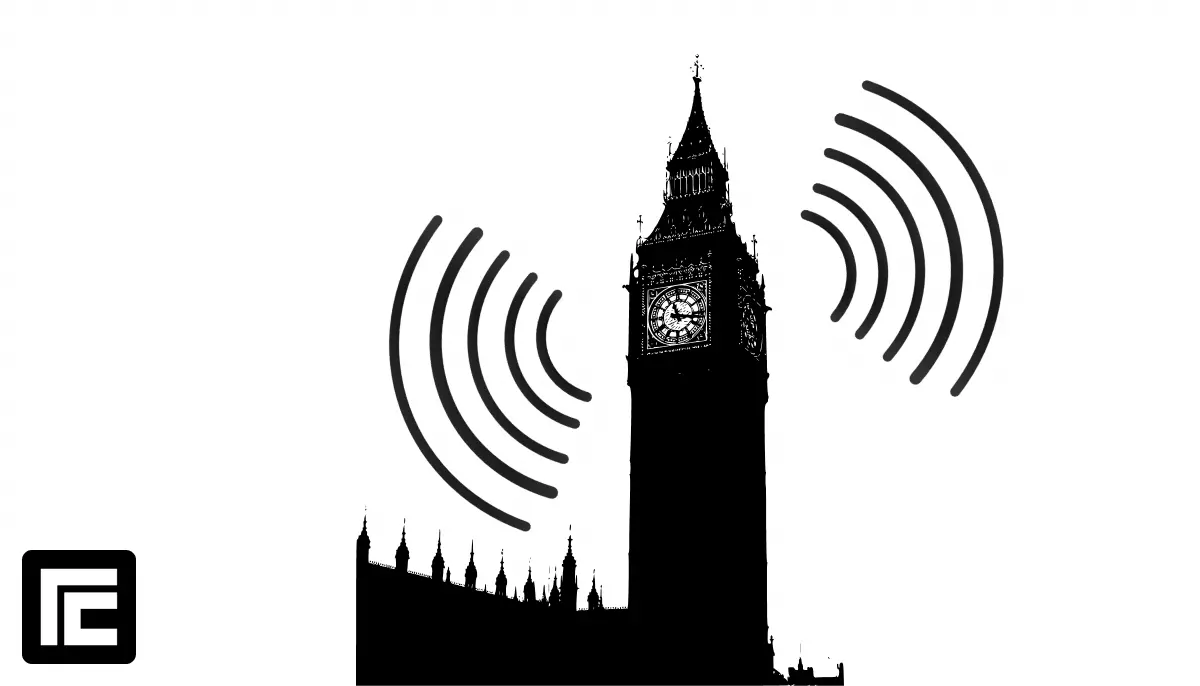In our digital age - where technology is omnipresent - have you either wondered whether radio is still popular in the United Kingdom?
The advent of radio transmissions occurred late in the 19th century, so it's hardly a nascent technology. So one could easily be forgiven for indulging such a thought. However, the actual usage of radio among the wider British public shows this opinion to be severely lacking. In fact, according to the latest industry data, radio is still very popular with the inhabitants of the UK.
In this blog post, we’ll discuss the latest results from RAJAR, which reveal just how prevalent radio is in modern British society.
What is RAJAR
Before we proceed with describing their results, it may be useful to first explain what RAJAR is and how they collect their data.
RAJAR stands for Radio Joint Audience Research. The organisation is the official body in charge of quantifying radio audiences in the United Kingdom. It is jointly owned by the BBC and Radiocentre (the industry body for commercial radio in the UK).
All of RAJAR’s data is collected via seven day diaries, which are completed by the selected listeners themselves. Essentially these diaries keep track of the particular radio stations the selected listener will hear over the seven day period.
The diaries are personally placed in each chosen household. The diary is either in paper or digital format. Both formats are customised to reflect the available radio stations in the household’s geographical area. More information on RAJAR’s data collection process can be found here.
Elevate your broadcasting experience and save money with Radio Cult!
Sign up now!What the results say
As we mentioned earlier, radio certainly remains popular in the United Kingdom, but how widespread is the medium?
Well, according to the latest results (for the third quarter of 2024) a staggering 51 million adults (15 and over) or 88% of the adult UK population tuned into their selected radio stations for the recorded period. Further, the total average number of weekly hours listened to radio for this latest quarter was 1.045 billion hours. At the individual level, the average listener tunes into 20.5 hours of live radio per week.
As the above statistics suggest, radio hasn’t lost any of its appeal to the modern audience. What has changed is how the modern audience consumes radio broadcast. Traditional (or terrestrial) radio only accounts for 26% of weekly listening hours, with digital taking up the remaining 74%. The share of weekly listening hours for each type of radio platform is:
| Platform | Percentage (%) |
|---|---|
| DAB | 44 |
| Terrestrial (AM/FM) | 26 |
| Smart Speaker | 17 |
| Website/Apps | 11 |
| DTV | 3 |
If we drill down further into digital radio (this includes the following platform types: DAB, Smart Speaker, Website/App and DTV) consumption, its becomes even more evident about how the modern listeners likes their radio. 45 million adults are tuning into radio using a digital platform. That means, every week 78% of the UK population listens to digital radio.
Online radio is growing
As an internet radio provider it would be remiss of us to not touch on online radio’s growing share of total radio consumption. Online radio includes both Smart Speaker and Website/Apps. It’s share of all radio listening in the UK is 28%.
As you can see it has some ways to go to eclipse DAB (44%). But what is startling is how online radio has outpaced terrestrial: 28% versus 26%. Though the difference is marginal, a clear trend is emerging. For the same quarter last year, terrestrial was at 30% compared to online at 24%. This rate of change is very encouraging.
We are of course biased, but if you were ever considering starting your own radio station, the data does suggest the online route would be the right call. Further both DAB and terrestrial have large barriers to entry and the lead time before you can even start broadcasting is significant. Whilst if you were to sign up to Radio Cult you could be broadcasting in a matter of minutes!
Wrapping up
The data doesn’t lie, radio in all forms is truly alive across the United Kingdom. Not only does radio have breadth: 88% of the population consume radio on a weekly basis. But it also has depth, with the average listener consuming 20.5 hours of radio a week. And with online radio accounting for an ever growing share of radio listening, there has never been a better or easiest time to start your very own radio station!
Sign up today and discover why so many broadcasters are making the switch.
Sign up now!
